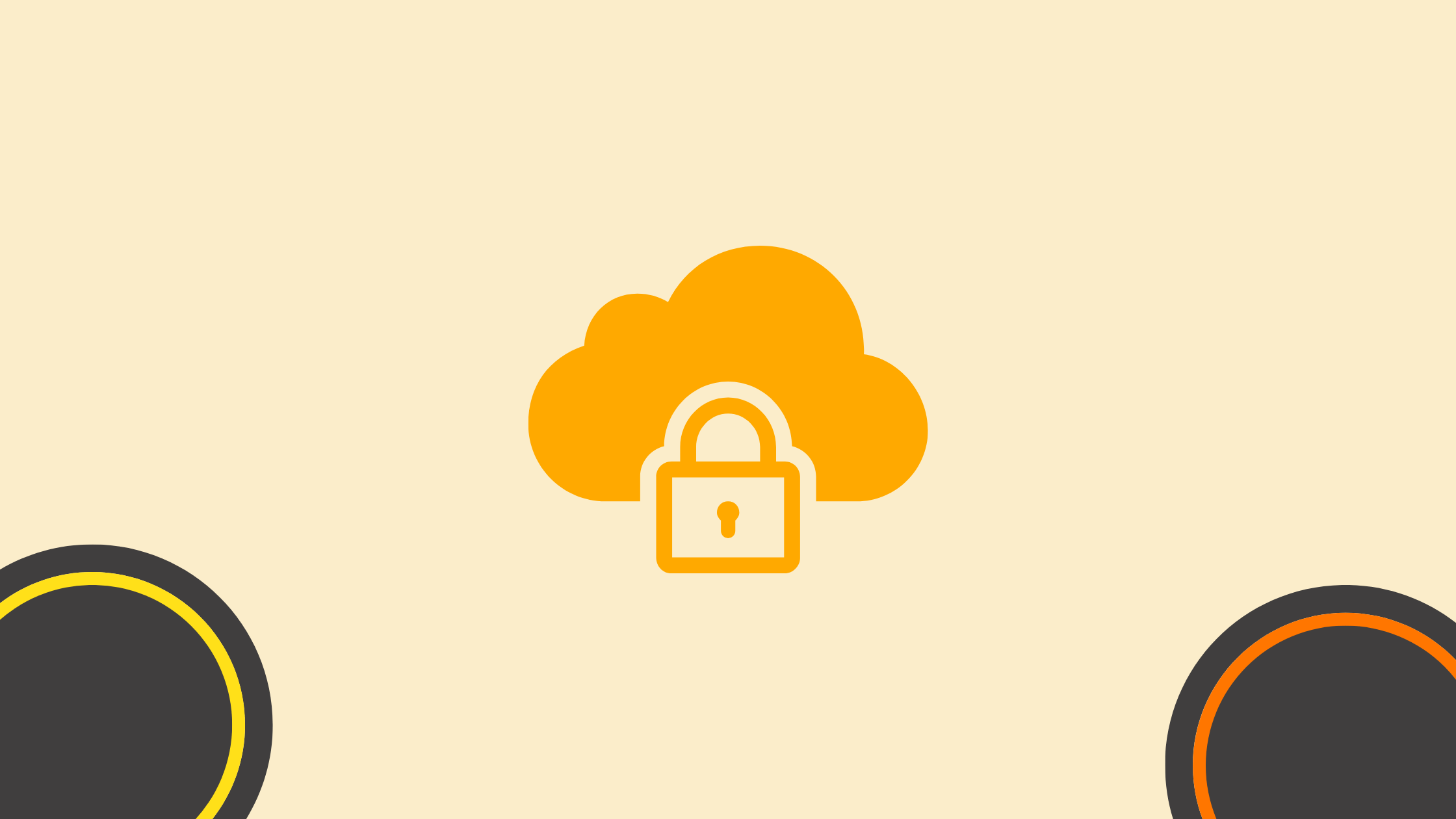How Secure Is Your Marketing Data? Navigating Cloud Security for Marketers
Marketers need data like fish need water – and it comes in all forms, from the detailed customer profiles and the analytics applied to them, to the strategies it helps determine. However, with cloud computing becoming synonymous with data storage and operations, the looming question of security can overshadow many of the advantages that are available.
So how do you prevent being swept away in the tide of cloud sprawl issues? It’s about nailing down tactics that deliver genuine, reliable protection – so here’s an overview of some pragmatic approaches for marketing teams to limit the likelihood of data breaches without getting tangled up in cybersecurity jargon.
Chapters
Start by Understanding Cloud Security Complications

The unfortunate truth is that the more we lean on digital tools, the more vulnerable our operational data becomes to malicious manipulation. This is further frustrated by the fact that multi-cloud deployments are now commonplace across 62% of organizations, according to an OVHcloud study, and 64% of businesses intend to expand their reliance on this intricate infrastructure over the coming 2 years.
The sheer volume of potential exposure points can turn data management into a high-wire act. As such, marketers must confront this reality head-on by addressing multi-cloud management challenges efficiently. Here are some key considerations in this scenario:
- Assess Data Sensitivity: Not all data warrants the same level of security. Classify your information based on sensitivity and regulate access accordingly.
- Educate Your Team: Knowledgeable teams make fewer mistakes. Regular training sessions on security best practices can make a world of difference.
- Implement Robust Authentication Protocols: Two-factor or multi-factor authentication isn’t just for IT departments; it’s a marketer’s ally in protecting customer information.
- Regularly Update Software: Outdated applications are open doors for cyber threats. Prioritize updates and patches to seal off vulnerabilities – while also taking time to determine whether you actually need the full suite of cloud tools you’re using. Trimming down here diverts you from unmanageable sprawl, sidestepping issues with data siloing and fragmentation as much as with security.
Proceed by Building a Cohesive Cloud Security Strategy

The most important tool needed to tackle threats to data integrity is a security strategy that’s both agile and robust. Given that there was a 72% upswing in breaches last year, the urgent need for tighter cloud security protocols is unambiguous and impossible to ignore. And as the cost of recovery spirals over $4 million, it’s a strat for business viability as much as it is for marketing department reputation management.
To that end, here are a few of the things that should form the foundation of your cloud security strategy, if you aren’t implementing them already:
- Regular Risk Assessments: Stay ahead by consistently analyzing threats and testing system vulnerabilities. If you’re using an all-encompassing observability platform to assess the state of play across each one of your cloud assets, you’ll be in a much sturdier position.
- Data Encryption: Encrypt sensitive customer data both at rest and in transit—this has been a base level requirement for a long time, and yet 33% of organizations that have suffered data loss did so as a direct result of a lack of encryption. So clearly there’s work to do here.
- Choose Providers Wisely: Vet your cloud service providers rigorously, ensuring they align with industry-standard regulations – all the more relevant in an age when even businesses in countries which are not directly covered by the likes of Europe’s GDPR have to up their game to court global audiences.
- Backup Data Frequently: In case of breaches, having backups can be the difference between a quick recovery and catastrophic loss. IBM’s researchers have pointed out that containing breaches typically takes 73 days, but that such events can have a life cycle of over 300 days depending on the methods involved, so catalyzing recovery by any means really has to be on your list of priorities. This applies whether your focus is on e-commerce security, social media marketing, or any other area.
The Bottom Line
The main misstep that marketers make when it comes to cloud security is assuming that either everything is adequately set up, or that this is not something they should take responsibility for. If things go south and a breach occurs, it will be the job of marketing pros to revive the tarnished reputation of their employer – so it’s better to be clued up on proper preventative measures to stop data falling into the wrong hands, rather than spending years of your life and vast volumes of company resources to claw your way back to where you were before disaster struck.
Author Bio: Sari Cada
Sari is a freelance content writer. She is interested in a wide range of fields, from lifestyle and health to project management, business, and engineering.
Other interesting articles
- Boosting Member Retention Through Innovative Digital Outreach
- Resignation Letter Story: Lessons Learned from Leaving a Job on Good Terms
- How to Write a Digital Marketing Strategy Paper for Students
- Lead Generation and Appointment Setting in the Age of In-Boxing
- Overhaul Your Customer Service with AI, Self-Service, and Clear KPIs
- Why Data Integration is the Key to Smarter Marketing Decisions?
- Elevating Brand Engagement with Smart Communication Tools
Master the Art of Video Marketing
AI-Powered Tools to Ideate, Optimize, and Amplify!
- Spark Creativity: Unleash the most effective video ideas, scripts, and engaging hooks with our AI Generators.
- Optimize Instantly: Elevate your YouTube presence by optimizing video Titles, Descriptions, and Tags in seconds.
- Amplify Your Reach: Effortlessly craft social media, email, and ad copy to maximize your video’s impact.